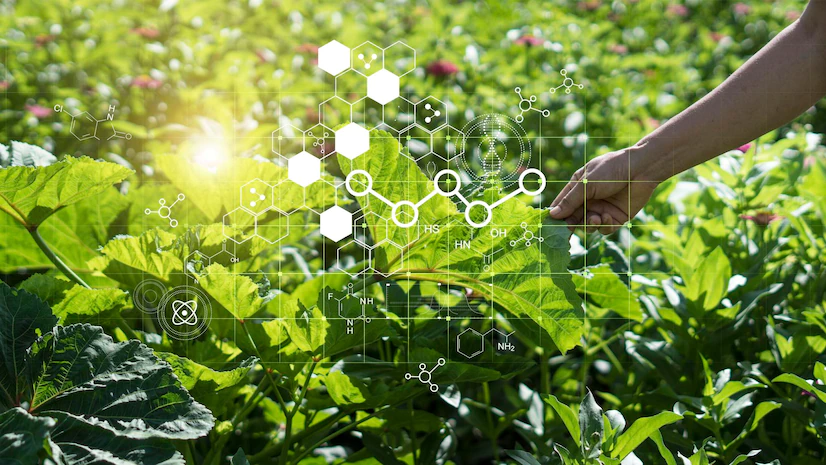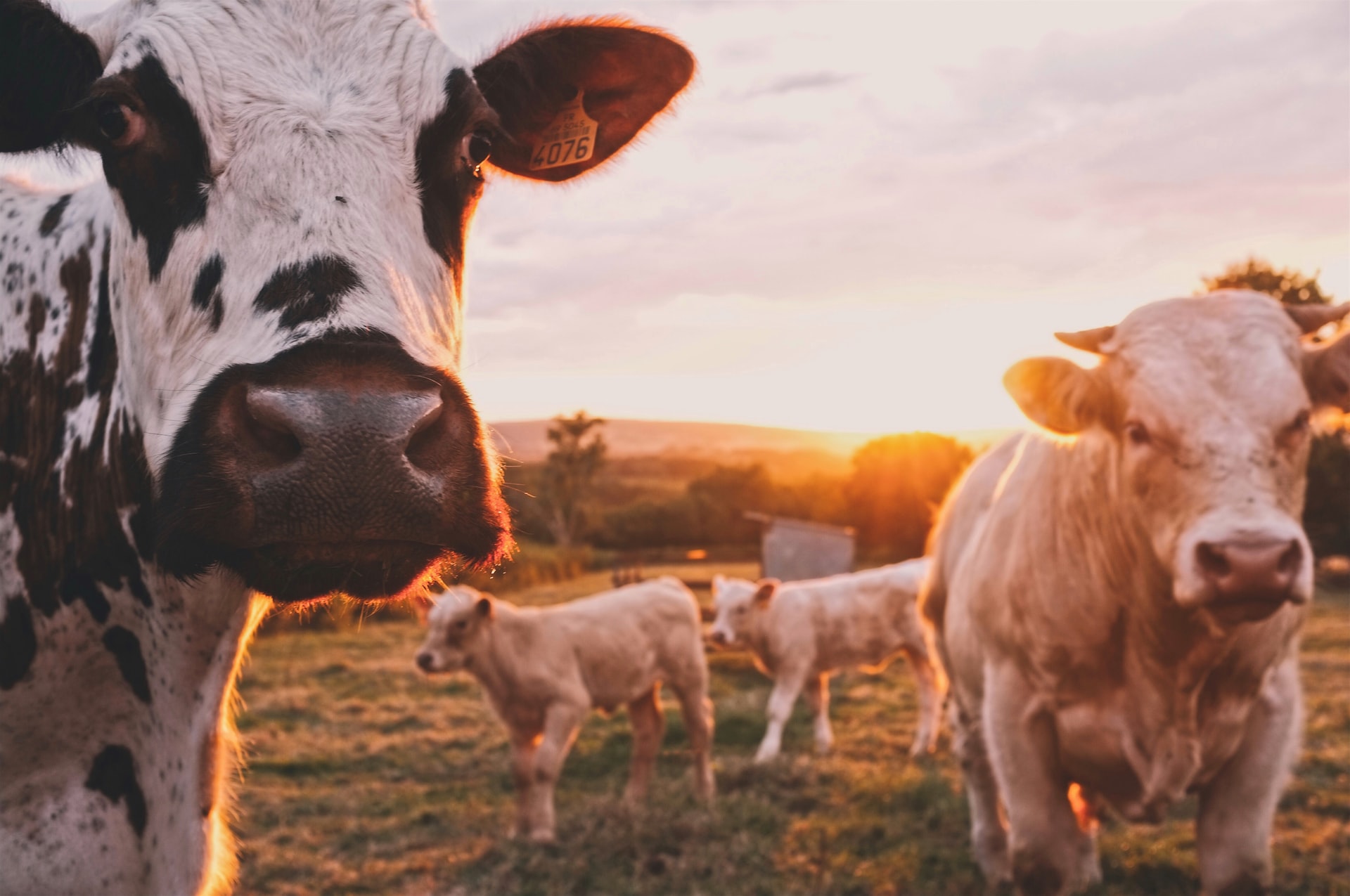Nanotechnology In Agriculture – How It Is Making Food Production Safer
Nanotechnology in agriculture has enormous potential to improve people's quality of life.
Author:Suleman ShahReviewer:Han JuMar 10, 2024968 Shares26.8K Views
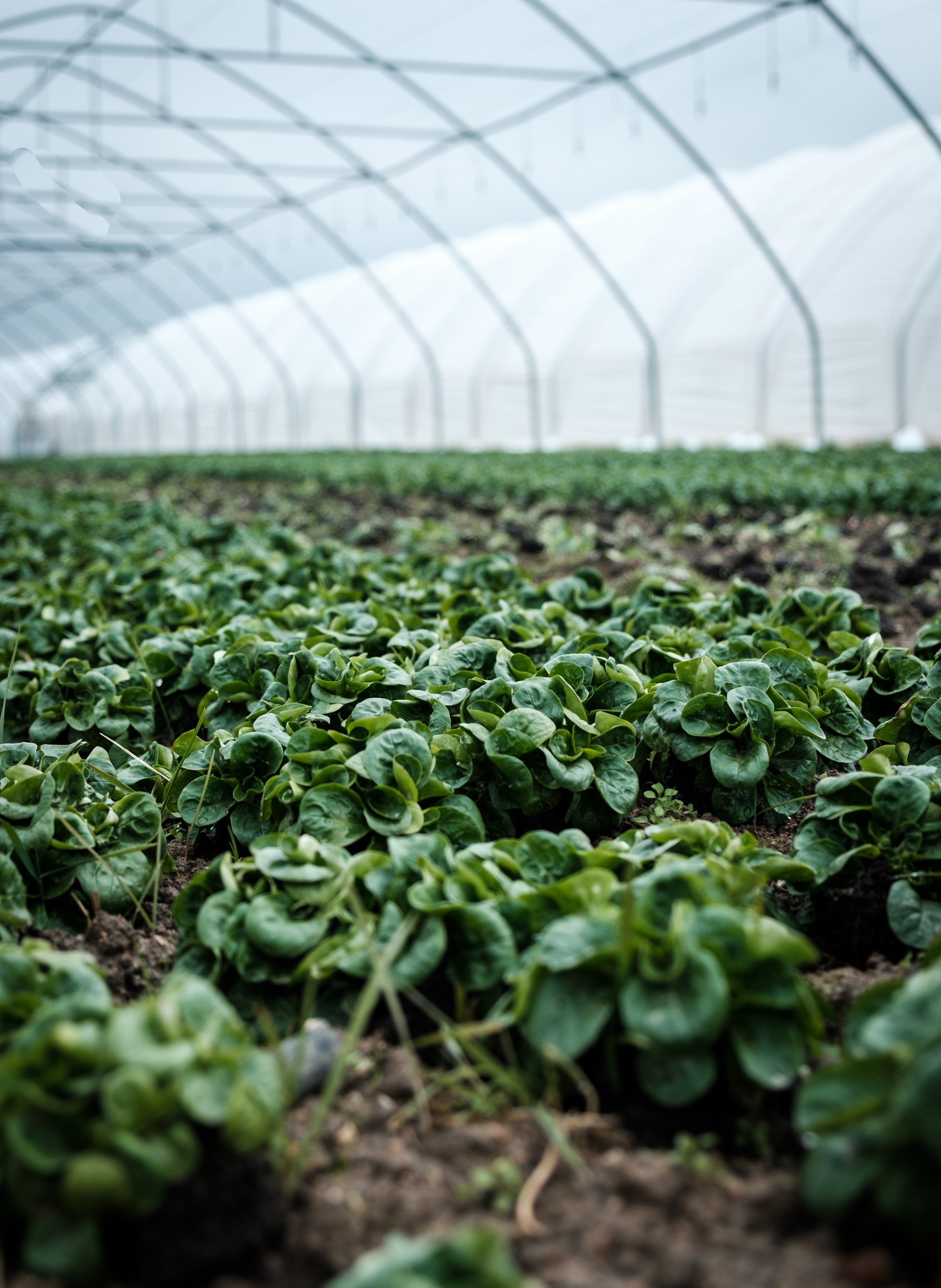
It has become the future of any country all around the planet.
However, we must exercise extreme caution when introducing new technologybecause of the unknown hazards that may arise due to its great potential.
The first stage in this process is to educate the general population about its benefits; this will result in a great surge in interest and the discovery of new applications in all fields.
The current review was prepared with this concept in mind.
Nanoscience and technology have enormous promise for providing cutting-edge answers to diverse difficulties confronting agriculture and society now and in the future.
Climate change, urbanization, sustainable use of natural resources, and environmental challenges such as runoff and pesticide and fertilizer buildup are all hot topics in today's agriculture.
What Is Nanotechnology?
Nanotechnology is related to materials' physical, chemical, and biological characteristics at the nanoscale (1-100 nm) and their implications for human wellbeing.
According to the US EPA (US Environmental Protection Agency), a nanomaterial is a component that contains particles with at least one dimension ranging from 1-100 nm.
It can regulate and/or produce matter at this scale, creating new and novel features that may be used to solve a wide range of technological and social concerns.
Research on nanotechnology-based agricultural chemical delivery has been completed fast by emerging nations such as China, and field applications are planned within the next 5-10 years.
However, its performance depends on various variables such as market demand, profit margins, environmental advantages, risk assessment, and management policies in the context of competing technologies.
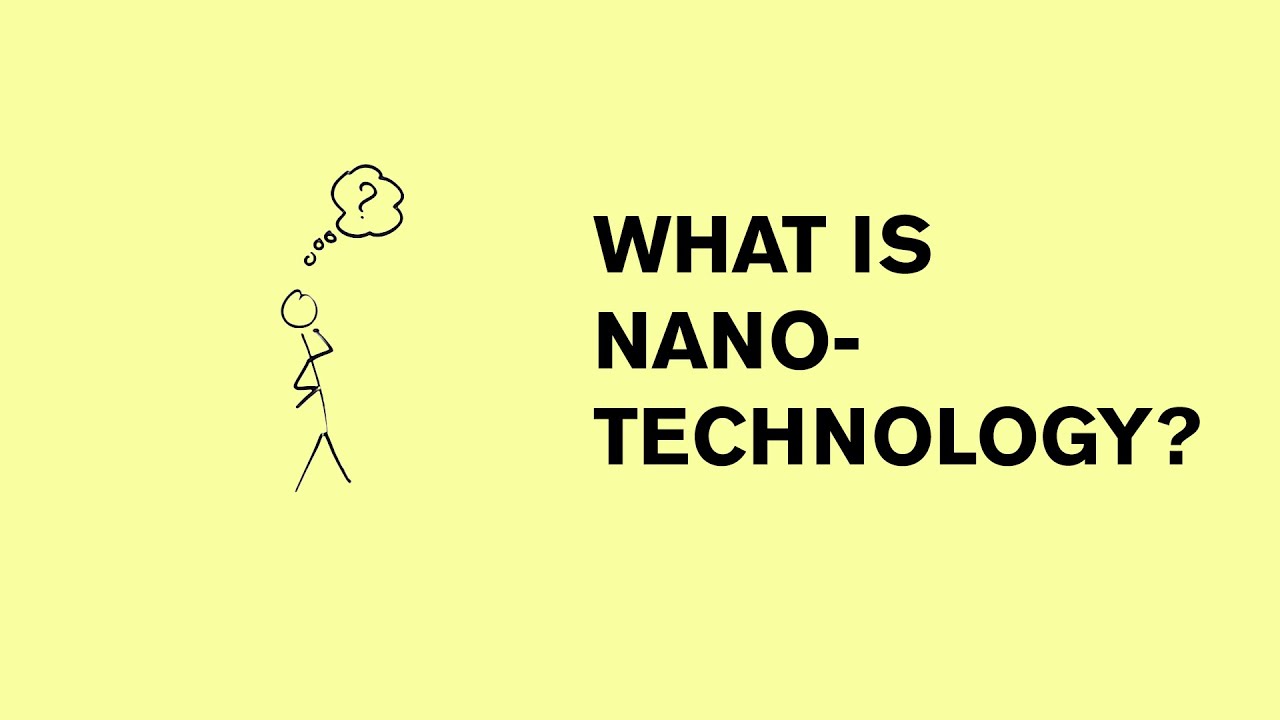
What is nanotechnology?
Applications Of Nanotechnology In Farming
Nanotechnology is being utilized to enhance precision agricultural operations, allowing for nanometer-level control.
Food consumption will skyrocket in the future, but natural resources such as land, water, and soil fertility will be scarce.
Precision farming is a superior choice for lowering production costs while increasing output or agricultural productivity.
Nanoscale carriers may be used for effective distribution: fertilizers, insecticides, herbicides, plant growth regulators, and other chemicals.
These carriers may be developed to attach the plant roots to the surrounding soil structure and organic substances.
We can only research the earlier processes because of the discovery of nano-fabricated xylem vessels with nano-sized characteristics.
Nanoparticles, such as insecticides, may be utilized to bioremediate resistant substances or degrade slowly.
They can also be used to disinfect germs because when bacteria come into touch with nanoparticles, the excited electrons are injected into their bodies, causing them to be removed from the item in question.
Nanoparticles have been used in various disciplines, ranging from sophisticated biotechnology to agricultural encoding, because ofeir tiny sizes.
Nanobarcodes have been utilized as ID markers in multiplexed gene expression and intracellular histopathology analyses.
They have also been used for non-biological purposes like verifying and tracking agricultural food and livestock goods. Bacteria are the most prevalent cause of food rotting.
Although the human nose can detect and identify a wide range of scents, it is preferable to utilize an instrument such as quick detection biosensors to detect these odors.
These devices shorten the time needed for long microbiological testing and immunoassays.
ZigBee is a wireless mesh networking protocol that uses little power. It is responsible for the concepts of 'SmartFields' and 'SoilNet.'
To generate dispersed intelligence in vineyards and orchards, we may use intelligent dust technology to monitor numerous factors such as temperature, humidity, and insect infestation.
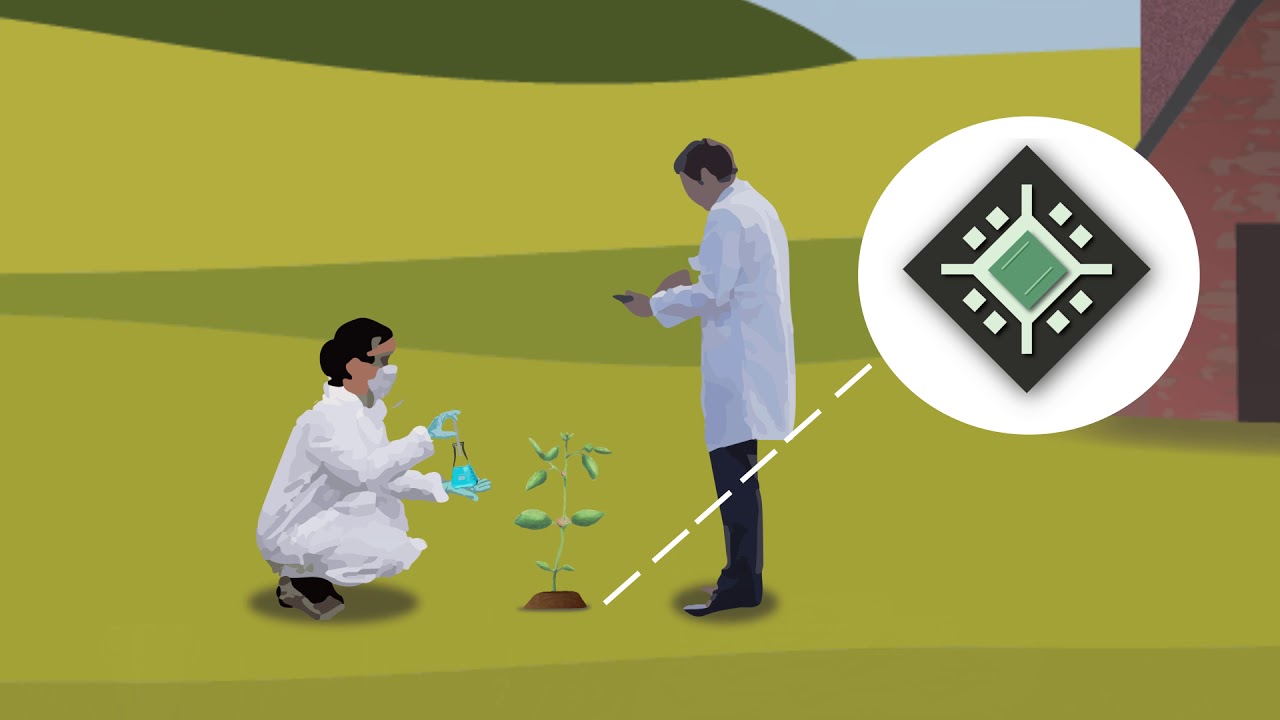
How Will Nanotechnology Help Farmers Grow Their Crops?
Applications Of Nanotechnologies In Animal Production And Health Care
Livestock, poultry, and aquaculture are all tied to agriculture and play a vital role in human nutrition now and in the future.
Animal production has several restrictions, including production efficiency, animal health, feed nutritional efficiency, illnesses including zoonoses, product quality and value, by-products and waste, and environmental footprints.
Nanotechnology has the potential to bring cutting-edge solutions to these problems.
- Improving Nutrition and Feeding Efficiency:Nanotechnology can increase nutritional profiles and efficiency. Animal diets in underdeveloped nations are often low in nutritional content. Nutrient supplementation is an effective method of increasing the efficiency of protein synthesis and minor nutrient consumption in animals. Self-assembled and thermodynamically stable structures may be used to attain sustainability.
- Zoonotic Infections:75% of infectious illnesses have developed, with 75% being zoonotic, such as mad cow disease, avian influenza, H1N1 influenza, Ebola virus, and Nipah virus. Nanotechnology can deliver these methods and has permitted revolutionary improvements in this industry, with additional cutting-edge strategies likely soon. Drugs and vaccines made using nanotechnology are more effective and less expensive than those created using prior technologies.
- Fertility and Reproduction in Animals:Animal reproduction is a significant issue for both developing and wealthy nations since low fertility increases financial input and reduces the efficiency of livestock operations. Many methods have been developed to increase animal reproduction, but microfluidic technology has dominated during the past two decades. Nanotechnology-based delivery methods aid in the improvement of bioavailability and release kinetics, the reduction of labor intensity, and the reduction of waste and discharge to the environment. Sensors may also be employed to manage animal hormone levels, revealing the ideal available reproductive time.
- Quality, Value, and Safety of Animal Products:Nanotechnology-based nutrition delivery helps modulate the production and concentration of CLA and VA in nursing ruminant milk fat. It also aids in investigating the biological advantages of functional meals with high CLA/VA contents and their association with human chronic illnesses by employing biomarkers and biomarker-induced release mechanisms. Biotechnology research and development developments will be significantly expedited if this technology becomes accessible within the next decade.
- Animal Waste Management and Nanotechnology:Animal waste is a severe hazard in the animal production business, and reckless disposal can only be avoided via strict environmental rules. When a value is added, animal manure might be utilized to produce high-quality organic fertilizer and improve environmental quality. Its bioconversion into energy and power has the potential to generate new income, as well as renewable energy in the form of natural gas.
Nanotechnology Applications For Water Quality And Availability
Clean and sufficient fresh water is one of the most pressing issues confronting the planet for human consumption and industrial purposes such as agriculture.
Over one billion people worldwide lack access to safe drinking water, and the situation worsens.
Treating this vast volume of wastewater will require developing novel, sustainable, and cost-effective methods.
Tubular nanostructures placed in a microbial cell wall may disturb its structure, resulting in internal chemical leakage and cell death.
Because of their excellent absorption capacity, ligand-based nanocoatings may be used for efficient heavy metal removal.
Some of these technologies may be launched into the market soon. Still, scale-u fabrication and practical desalination efficacy are the most crucial issues to overcome before they can be commercialized successfully.
Crop development and field circumstances such as moisture level, soil fertility, temperature, crop nutritional status, insects, plant diseases, weeds, and so on may be monitored as nanotechnology advances.
This real-time monitoring is accomplished by deploying wireless nanosensor networks over planted areas.
It is also helpful in tracking the timing and concentration of water, fertilizers, pesticides, herbicides, and other treatments.
Water distribution systems with more precision are anticipated to be developed in the near future.
Green Nanotechnology
Finding an economical, safe, renewable energy source is critical for sustainable global development.
Green nanotechnology has been created to provide a flexible and efficient energy source in the form of solar cells, which has long been a goal of tropical nations.
However, the usage of glass photovoltaic panels is both sensitive and costly.
Most developed nations have prioritized research into photovoltaic panels, energy storage, and other nanotechnology-enhanced solar-thermal energy conversion devices.
The economic feasibility of these photocatalysts and energy materials is crucial. If we handle this element appropriately, we will be able to create more and more 'out-of-the-box' concepts.
Photosynthetic protein units generated from leafy vegetables and plants are used to directly convert solar energy to electricity, functioning for approximately a year.
The most costly component of this system is a glass microscope slide that acts as the cell basis.
Capturing solar energy is a significant accomplishment that benefits humankind and will most likely continue and intensify in the coming years.
Nanotechnology may also convert biomass into fuels, chemical intermediates, specialty chemicals, and goods such as catalysts, lowering manufacturing costs while remaining economically viable.
These nanostructured catalysts have a vast surface area per unit volume and may have carefully regulated composition, structural functionalization, and other essential catalytic features.
Role Of Government Policies In Nanotechnology Development
Although nanotechnology has achieved significant progress in several sectors, the results are uneven across scientific disciplines and geographical locations.
More research and possible risk assessment for responsible development will be necessary for all stakeholders to progress in the subject.
Public-private cooperation will also be required to get significant contributions and developments in nanotechnology.
There should be fruitful discussion to establish good governance of nanotechnology-based applications in agriculture and food systems for long-term financial investment, including aspects such as research and development, transfer models, intellectual property, and efforts to understand and facilitate technology adoption and sharing among developed and developing countries.
Partnerships and partnerships may play an essential role in developing sustainable agriculture.
Nanotechnology is a multidisciplinary (engineering and natural sciences, including physics, chemistry, biology, materials sciences, instrumentation, metrology, and other disciplines) approach that necessitates extensive cross-sector cooperation among university researchers, industry, and government.
The growth of nanotechnology will need advancements in various visualization, characterization, and production techniques, as well as ways for recreating and regulating characteristics, scalability, and cost.
Despite their significant research capacity-building efforts, most developing nations continue to concentrate on addressing important gaps in research infrastructure via interaction and access to worldwide research and development networks.
People Also Ask
What Nanomaterial Is Used In Agriculture?
Carbon nanoparticles such as graphene, graphene oxide, carbon dots, and fullerenes are utilized for better seed germination.
Other nanoparticles utilized in agriculture include zinc oxide, copper oxide nanoparticles, and magnetic nanoparticles.
Can Nanotechnology Enhance Agricultural Productivity?
Nanotechnology can increase agricultural output by genetically improving plants and animals and delivering genes and medication molecules to particular places in plants and animals at the cellular level.
What Are Three Applications Of Nanotechnology?
Nanotechnology applications frequently include industrial, medical, and energy applications.
These include more lasting building materials, medicinal medicine delivery, and ecologically friendly, more excellent density hydrogen fuel cells.
How Is Nanotechnology Used In Agriculture?
Specific uses of nanotechnology in agriculture include nano fertilizers and nano pesticides to trail products and nutrient levels to boost production without decontaminating soils and waterways and protection against numerous insect pests and microbiological illnesses.
Final Words
Nanotechnology has enormous promise since it can improve people's lives via applications in industries such as agriculture.
A nation's future depends on producing a skilled future workforce in nanotechnology.
There is an urgent need to dissolve the substantial divide between the social and natural sciences.
If we can overcome this barrier, we may be able to create a more desired sociotechnical future.
Jump to

Suleman Shah
Author
Suleman Shah is a researcher and freelance writer. As a researcher, he has worked with MNS University of Agriculture, Multan (Pakistan) and Texas A & M University (USA). He regularly writes science articles and blogs for science news website immersse.com and open access publishers OA Publishing London and Scientific Times. He loves to keep himself updated on scientific developments and convert these developments into everyday language to update the readers about the developments in the scientific era. His primary research focus is Plant sciences, and he contributed to this field by publishing his research in scientific journals and presenting his work at many Conferences.
Shah graduated from the University of Agriculture Faisalabad (Pakistan) and started his professional carrier with Jaffer Agro Services and later with the Agriculture Department of the Government of Pakistan. His research interest compelled and attracted him to proceed with his carrier in Plant sciences research. So, he started his Ph.D. in Soil Science at MNS University of Agriculture Multan (Pakistan). Later, he started working as a visiting scholar with Texas A&M University (USA).
Shah’s experience with big Open Excess publishers like Springers, Frontiers, MDPI, etc., testified to his belief in Open Access as a barrier-removing mechanism between researchers and the readers of their research. Shah believes that Open Access is revolutionizing the publication process and benefitting research in all fields.

Han Ju
Reviewer
Hello! I'm Han Ju, the heart behind World Wide Journals. My life is a unique tapestry woven from the threads of news, spirituality, and science, enriched by melodies from my guitar. Raised amidst tales of the ancient and the arcane, I developed a keen eye for the stories that truly matter. Through my work, I seek to bridge the seen with the unseen, marrying the rigor of science with the depth of spirituality.
Each article at World Wide Journals is a piece of this ongoing quest, blending analysis with personal reflection. Whether exploring quantum frontiers or strumming chords under the stars, my aim is to inspire and provoke thought, inviting you into a world where every discovery is a note in the grand symphony of existence.
Welcome aboard this journey of insight and exploration, where curiosity leads and music guides.
Latest Articles
Popular Articles
